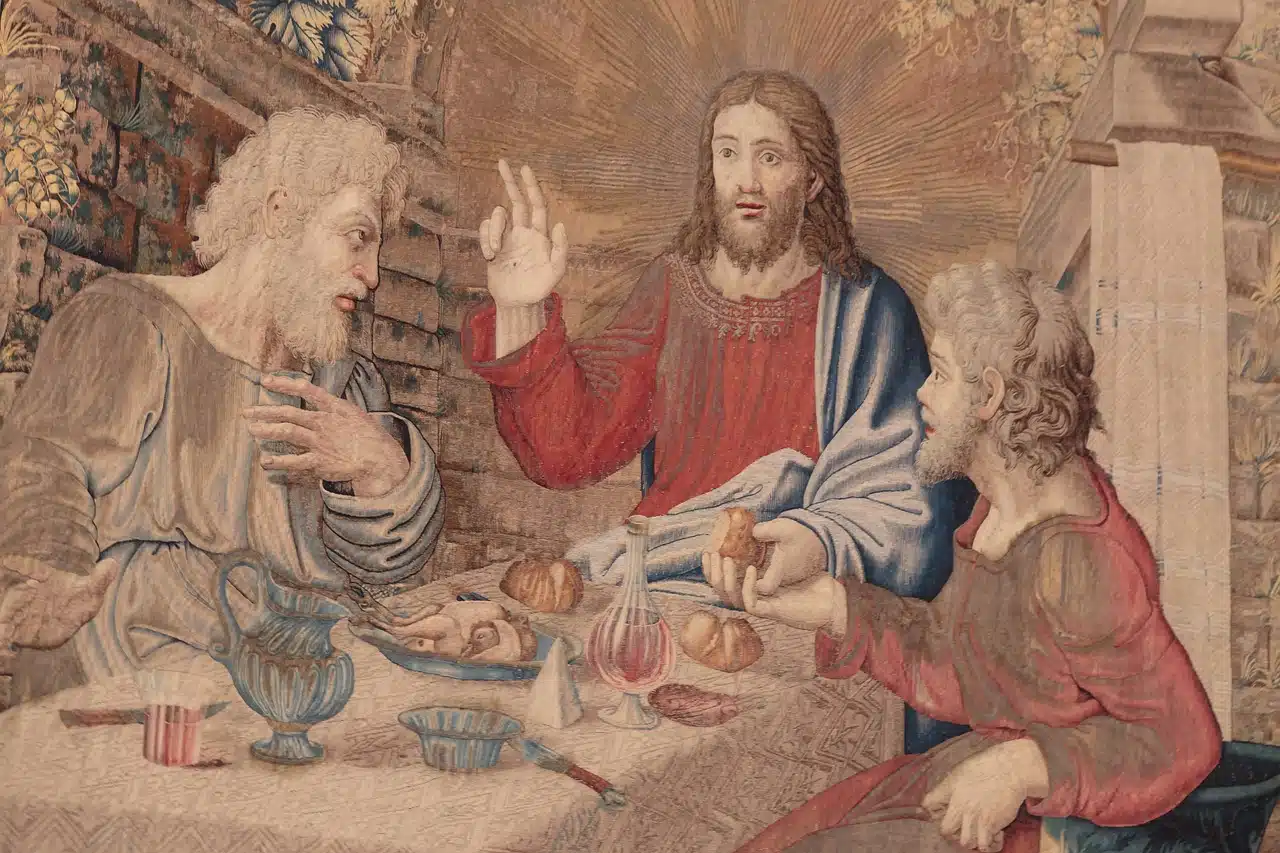
Theophany is the manifestation of a divine being before a person.
A theophany is an expression of the divinity of a deity . The word theophany comes from the Ancient Greek theophaneia ( θεοφάνεια ), which is composed of two elements: theos (θεός), meaning "god," and phaneia ( φάνεια ), which translates as "appearance" or "manifestation."
divine manifestation
Through a theophany a god manifests his divine condition before human beings. Theophany is often associated with the appearance of a god who, at that moment, becomes visible before the eyes of one or more people. In any case, theophanies have been understood and interpreted differently throughout history.
In Judaism and Christianity , for example, theophanies are the appearances of angels and God, many of them narrated in the Tanakh and the Bible . An example of theophany takes place when the archangel Gabriel appears before the Virgin Mary and announces that she will carry the son of God in her womb, an episode narrated in the Gospel of Saint Luke .
Sometimes theophanies are a traumatic experience for those who perceive them. This is because, in the existence of mortals, the physical presence of a god is not conceived. Therefore, when faced with a theophany, it is common for the subject to feel fear and try to deny what they have seen, as if it had been a simple hallucination. In fact, this is what those close to you probably make you believe, so as not to feed the idea that a supernatural experience is possible.
It should be noted that there are other notions that are analogous to the idea of theophany. Among them we can mention the christophanies (the appearance of Jesus Christ ) and the angelophanies (expressions of the angels ).
Christophany
Christophany is a term used to describe a manifestation or appearance of Christ, that is, an experience in which the son of God reveals or shows himself in some way. It is important to note that this concept is based on the Christian belief in the divinity of Jesus Christ and his ability to manifest himself in visible and tangible forms.
In the context of Christianity, Christophany refers specifically to episodes in which Jesus Christ manifests himself visibly or perceptually to his followers or to people in general. These manifestations can occur both in Jesus' earthly period and in situations after his resurrection.
The best-known Christophanies include:
- The Transfiguration of Jesus : was a significant event recorded in the synoptic gospels of the Bible. Jesus took Peter, James, and John with him to a high mountain, where his face shone like the sun and his clothes became dazzlingly white. Furthermore, Moses and Elijah appeared next to him. The disciples were amazed and fearful at this divine experience ;
- The appearances after the resurrection : they are fundamental events in the biblical story and in the Christian faith . After his crucifixion and burial, Jesus appeared several times to his followers over a period of forty days before ascending to heaven. These theophanies took place at different times and contexts, and include Jesus' visit to the women at the empty tomb, his meeting with two disciples on the road to Emmaus, and his multiple encounters with the apostles in Jerusalem.

The manifestation of the angels is related to theophany.
Angelophany
Angelophany is a term used to describe a manifestation or appearance of an angel . In the religious context, an angelophany refers to an encounter or experience in which an angel reveals or shows himself to one or more people.
According to various traditions and beliefs, angels are spiritual beings who act as messengers or intermediaries between the divine and the human. Throughout history, there have been accounts and testimonies of these encounters, which often had specific purposes, such as conveying a message, providing protection, or guiding people.
